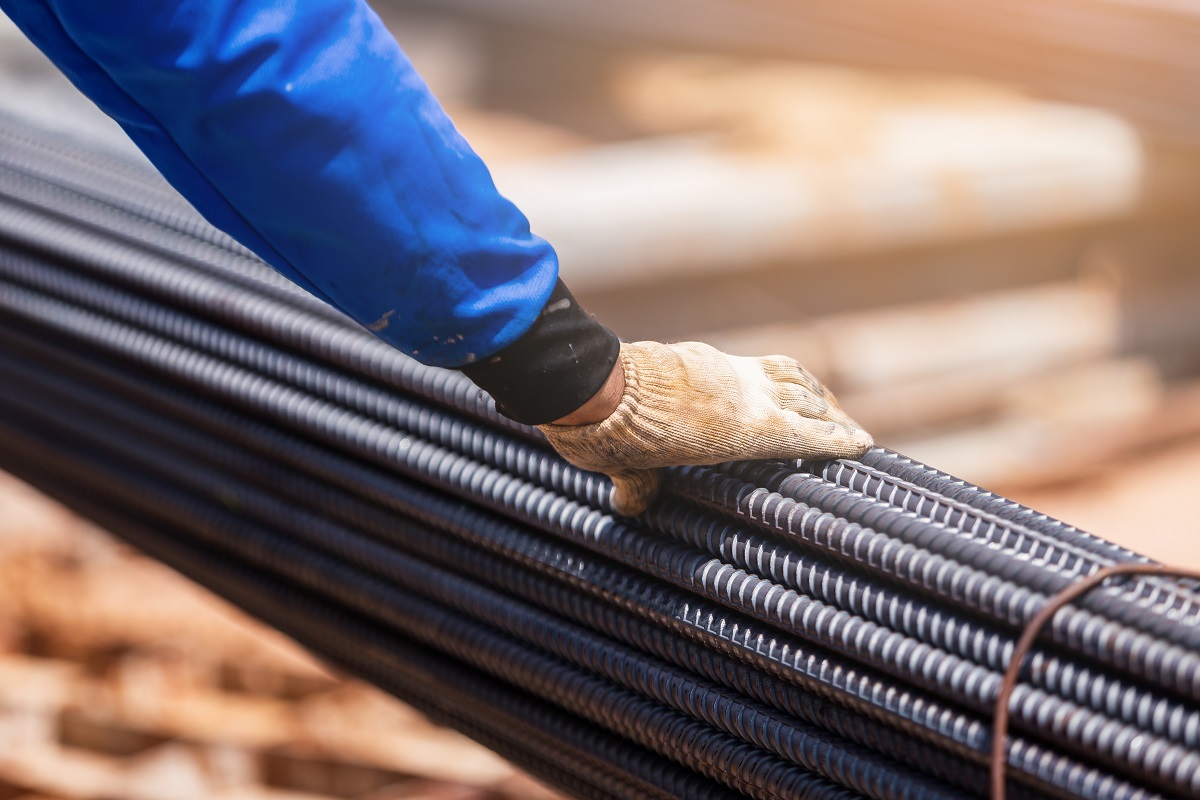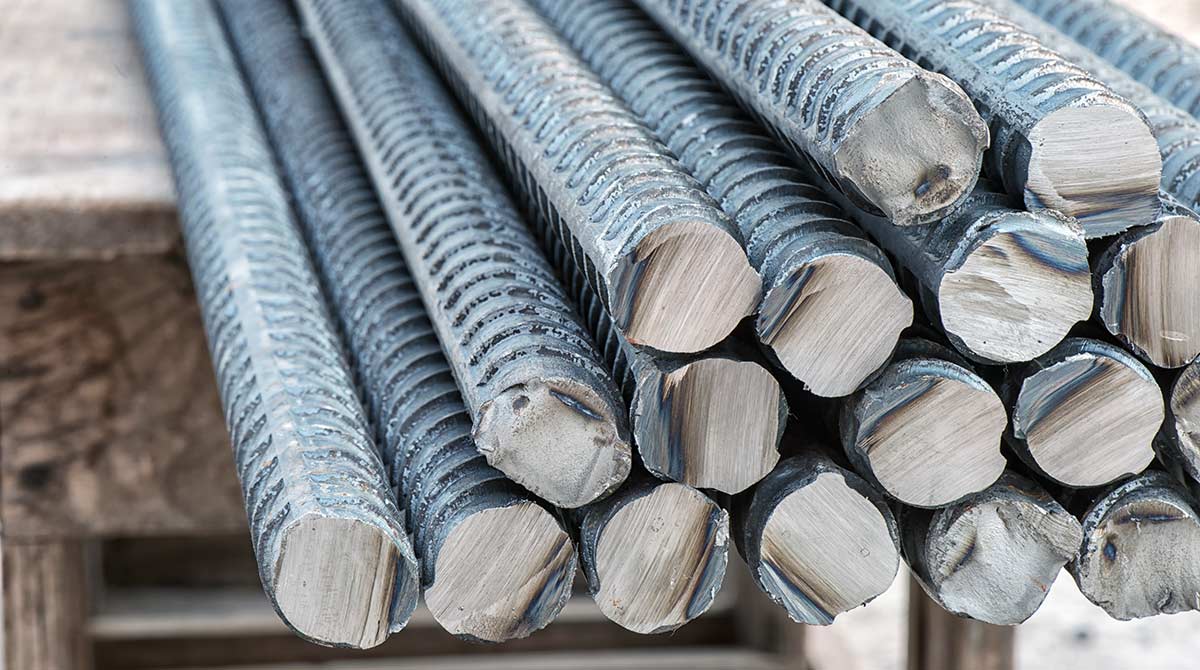Introduction
Steel reinforcement has played a pivotal purpose in the construction field for centuries. From its humble beginnings in conventional tactics on the enhancements created lately, metal reinforcement happens to be an integral portion of contemporary development practices. This article delves in the evolution of metal reinforcement, exploring its journey from conventional strategies to State-of-the-art techniques, and the impact it's got had on the development industry.
The Great importance of Steel Reinforcement in Construction
Steel reinforcement is very important in design on account of its power to improve the toughness and sturdiness of concrete structures. It acts for a support method, furnishing tensile toughness by resisting cracks and increasing load-bearing capacity. With no right reinforcement, concrete constructions can be vulnerable to various external forces for instance seismic activity and major loads.

Traditional Ways of Steel Reinforcement
The Beginnings: Iron Rods and Timber
In the early times of building, iron rods have been employed to be a form of reinforcement. These rods were being embedded within concrete structures to supply added energy. Nonetheless, iron was at risk of corrosion, leading to structural deterioration as time passes. To battle this difficulty, timber was generally used alongside iron rods for included steadiness.
The Introduction of Mild Steel
Mild steel emerged in its place to iron rods from the late nineteenth century. Its lower carbon content material created it much less vulnerable to corrosion, drastically strengthening the longevity of bolstered buildings. This marked a major progression in metal reinforcement technology, environment the phase for further improvements.
Twisted Bars and Expanded Steel Lath
In the early 20th century, twisted bars and expanded steel lath were being released as reinforcement products. Twisted bars provided enhanced bonding with concrete, even though expanded steel lath supplied enhanced floor region for superior adhesion. These improvements further strengthened concrete structures and greater their resistance versus external forces.
Advancements in Metal Reinforcement Techniques
High-Strength Reinforcement Bars
The progress of substantial-energy reinforcement bars revolutionized the development marketplace. These bars, created from alloyed metal with better tensile energy, permitted for the construction of taller plus more structurally sophisticated properties. Large-strength reinforcement bars also offered far better resistance from seismic action, creating them ideal for earthquake-prone regions.
Welded Wire Mesh
Welded wire mesh turned a well known choice for reinforcement resulting from its simplicity of set up and cost-effectiveness. It includes interconnected metal wires welded collectively to kind a mesh-like composition. Welded wire mesh offers uniform reinforcement distribution all through the concrete, expanding its In general strength.
Fiber Reinforced Polymer (FRP) Bars
Fiber Reinforced Polymer (FRP) bars have received prominence in recent years as a lightweight and corrosion-resistant substitute to standard metal reinforcement. These bars are made out of a mix of fibers, for instance carbon or glass, embedded in a polymer matrix. FRP bars provide substantial tensile toughness and are ideal for buildings subjected to severe environmental problems.

Prefabricated Reinforcement Solutions
Prefabricated reinforcement alternatives became progressively well-liked in modern-day construction procedures. These options involve the manufacturing of reinforcement features off-web site, which are then transported and installed on-web site. This tactic decreases design time and enhances quality control, leading to more economical and sturdy structures.
FAQs about Steel Reinforcement Techniques
What is the purpose of metal reinforcement in design?
Steel reinforcement supplies more toughness and toughness to concrete structures by enhancing their load-bearing capability and resisting cracks.
Why was iron replaced by gentle steel in classic metal reinforcement?
Iron was vulnerable to corrosion, resulting in structural deterioration after a while. Delicate steel, with its lessen carbon material, supplied enhanced corrosion resistance and longevity.
What are higher-toughness reinforcement bars?
Higher-toughness reinforcement bars are created from alloyed steel with larger tensile strength. They help the development of taller and a lot more elaborate buildings and present improved resistance against seismic exercise.
How does welded wire mesh reinforce concrete constructions?
Welded wire mesh delivers uniform reinforcement distribution throughout the concrete, growing its In general toughness. It is not hard to put in and price-effective.
What are Fiber Strengthened Polymer (FRP) bars?
Fiber Bolstered Polymer (FRP) bars are light-weight and corrosion-resistant alternate options to traditional metal reinforcement. They supply high tensile toughness and are ideal for buildings subjected to severe environmental ailments.
What are some great benefits of working with prefabricated reinforcement answers?
Prefabricated reinforcement alternatives reduce building time, improve excellent control, and result in extra efficient and durable structures.

Conclusion
The evolution of metal reinforcement has transformed the development business, enabling the generation of much better, additional resilient constructions. In the early use of iron rods and timber for the introduction of substantial-strength reinforcement bars, welded wire mesh, Fiber Reinforced Polymer (FRP) bars, and prefabricated answers, Every innovation has contributed to safer and a lot more sustainable development methods. As technology continues to advance, we will https://rolled-metalrkaz051.mystrikingly.com/ count on further breakthroughs in metal reinforcement approaches that should condition the way forward for design.